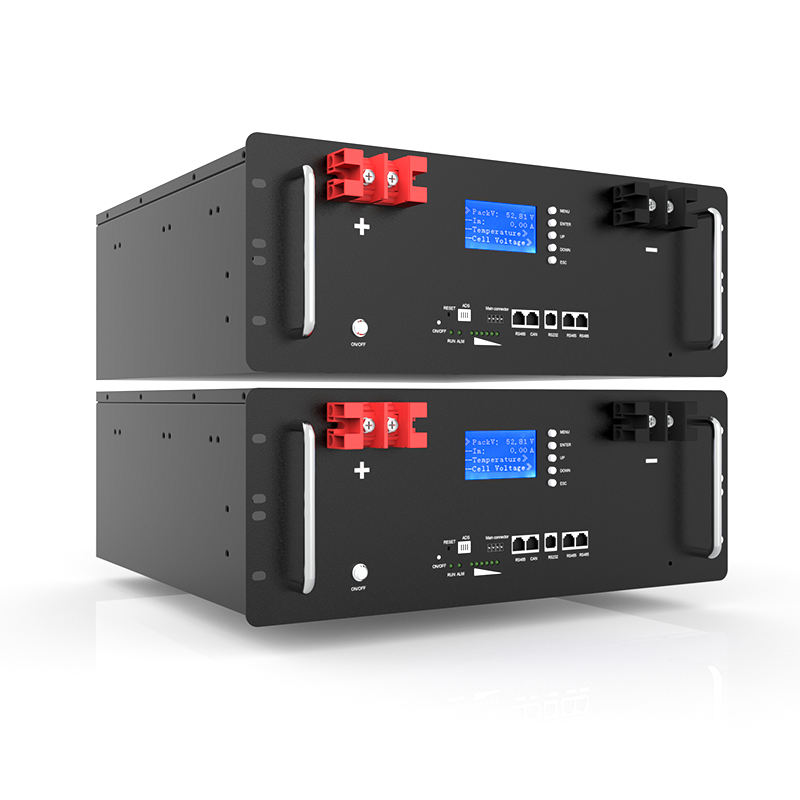Overcharge refers to the behavior that the battery is fully charged after a certain charging process, and then continues to charge. For example, Ni Cd battery, overcharge produces the following reactions: positive electrode: 4OH -- 4e2h2o + O2 negative electrode: 2CD + o22cdo because in the design, the negative capacity is higher than the positive capacity. Therefore, the oxygen produced by the positive electrode is combined with the cadmium produced by the negative electrode through the diaphragm paper. Therefore, in general, overcharge of batteries should be avoided. China battery network suggests that lithium batteries should be equipped with protection plates, which should have overcharge and over discharge functions.
Related Industry Knowledge
- Are lead-acid batteries the same as lithium batteries?
- Lithium-ion battery industry knowledge
- Key Features and Applications of LiFePO4 battery
- EVE Energy Unveils New Full-Tab Cylindrical Battery, Propelling Power Tool Lithium Batteries into a New High C-Rate Era!
- Cell Balancing During Charging vs Discharging
- Advantages of lithium battery electric vehicles
- What Is Low Altitude Economy?
- NMC vs NCA Battery Cell: What’s the difference?
- Analysis of lithium battery technology
- How long is the life of a Lithium battery?







